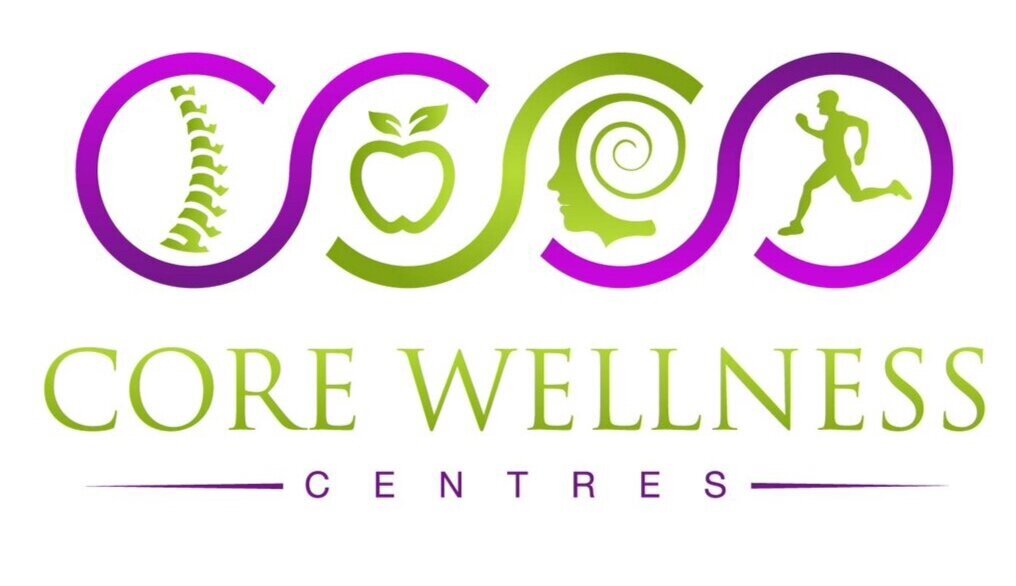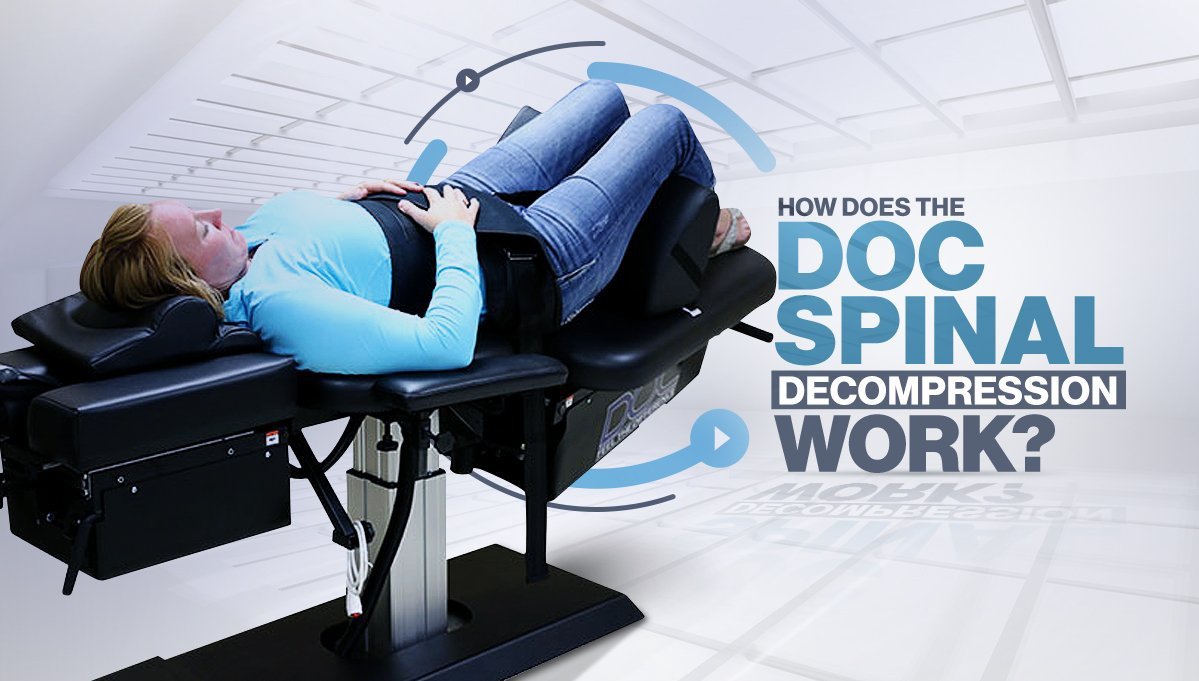Spinal Decompression Therapy
We offer the latest cutting edge technology in the non-surgical treatment of serious lower back pain and sciatica.
What can spinal decompression therapy help?
-
The spinal disc is a soft cushion that sits between each vertebrae of the spine. The spinal discs are composed of a tough outer cartilage (annulus fibrosus) with a squishy center (nucleus pulposis). Like a shock absorber for a car, the disc is the shock absorber for the spine. When too much pressure is placed on the disc, it bulges or herniates. Think of it like a jelly doughnut. Squeeze it too hard and the jelly comes out. That is called a Herniated Disc (Slipped Disc, Bulging Disc). When the herniated disc ruptures and pushes out, the nerves may become pinched. When a herniated disc occurs, the space for the nerves is further diminished, and irritation of the nerve results. This irritation of the nerves going down the arms or legs can lead to the characteristic signs of a disc herniation including but not limited to shooting, electrical pain down the arms and legs and numbness and tingling in the hands and feet.
-
When spinal nerves become compressed or pinched, they don’t work properly. This means that abnormal signals may get passed from the pinched nerves, or signals may not get passed at all. Common symptoms of pinched nerves include:
Electric, Stabbing, Shooting or Burning Pain
Tingling & Numbness
Muscle Weakness
-
Sciatica is pain associated with the sciatic nerve which usually originates higher along the spinal cord when nerve roots become compressed or damaged from narrowing of the vertebral column or from a slipped or herniated disc. Symptoms can include tingling, numbness, or pain, which radiates to the buttocks, legs and feet. Sciatic pain can vary widely. It may feel like a mild tingling, dull ache, or a burning sensation. Some patients describe it as a “hot poker” or a shooting electrical pain in the buttocks and down the leg. Often times the pain will shoot down the leg into the foot and have accompanied numbness and tingling in the leg and foot. In some cases, the pain is severe enough to make a person unable to move.
-
Over time, changes can happen to the discs in your spine that can lead to degeneration. With degenerative disc disease (DDD) the discs begin to narrow from loss of water content. The fibres of the disc can tear, allowing disc fluid to bulge or protrude. As the discs lose their ability to absorb shock, the spinal vertebrae will then create more bony projections, called osteophytes.
This condition can happen anywhere along the spine, but is most common in the neck (cervical region) or lower back (lumbar region). Depending on where it is, the disc degeneration can cause nerves to become compressed. This can cause pain, numbness and tingling in the back, neck, or that can travel into the arms or legs. Degenerative Disc Disease can also lead to the development of other conditions, such as Osteoarthritis, Spinal Stenosis or Spondylolisthesis.
-
Spinal Stenosis or narrowing of the spinal cord canal is a condition that affects many adults after the age of 50. This occurs when the spinal canal, containing the nerve roots and spinal cord becomes constricted or compressed usually by bone spurs or disc bulges. This can lead to compression of the spinal cord or spinal nerves resulting in cramping, pain or numbness in the back, legs, and or feet.
At our clinic in Epsom, we utilise the DOC decompression system for our spinal decompression treatments. DOC Decompression is currently the most sophisticated, true three-dimensional decompression system on the market to treat chronic neck and back pain.
The DOC Decompression system works by slowly lengthening and decompressing the spine. These movements cause negative pressures within the disc. This type of pressure then creates an intradiscal vacuum that helps to reposition bulging discs and protruding disc material back into place. Ultimately, the goal is to realign the spinal discs, allow nutrients and oxygen to flow back into damaged or injured discs, take pressure off any pinched nerves that have been affected, and relieve the patient’s pain.


